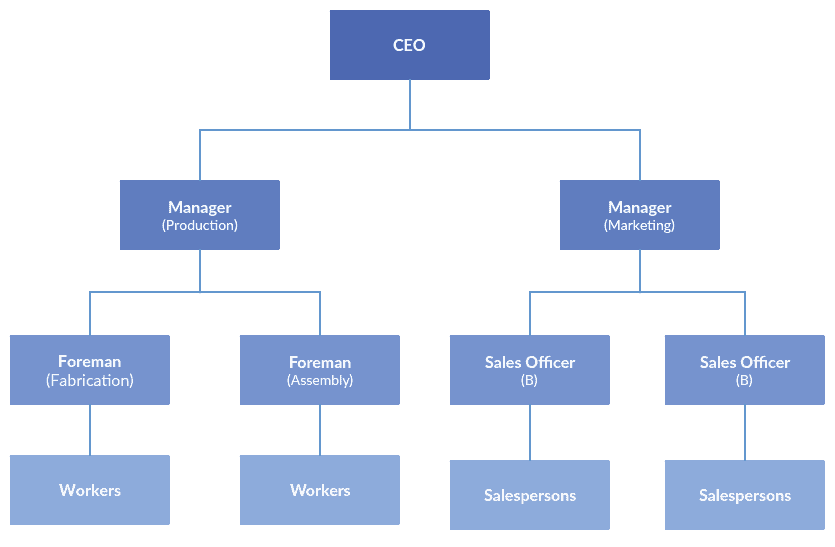Updated on May 30, 2022
Coming from a decade of market research experience, a typical question we often received was sort of: “Can you target key decision-makers in the IT industry”. We would then ask back, how the client or end client would define a key decision-maker? A lead developer, a senior system engineer, a CTO? This is why job classification systems are vital for segmenting that data.
In many cases decision-makers or a hierarchy in job titles was not well defined and we, clients, but also end clients struggled to provide a specific list that can be used for the market research project.
At Sales.Rocks we have been working with B2B data for over a decade, and we are running into these kinds of questions even more often. We thus know how difficult it is to find the right contact person that is needed for you to reach out to.
When working on account-based marketing or account-based sales, it is essential to have a visual organogram of the target account with the various departments, but also with the reporting structure. Who are the decision-makers and who influences these decision-makers so that the sales team can identify the right targets within a key account.
We have therefore created a framework to categorize the majority of job titles into a horizontal department, and into a vertical hierarchy. For the department we have created more than 20 main categories with over 150 sub-categories to really find the contact person you need, and to see the relationship between influencers and decision-makers.
Here is an overview of the main categories for job roles that we have established at Sales.Rocks
- Communications
- Customer service
- Education
- Engineering
- Finance
- Health professional
- Human resources
- Information technology
- Leadership
- Legal
- Marketing
- Operations
- Product
- Public relations
- Real estate
- Recruiting
- Sales
- Production
- Procurement
Platform job classification system
As an example for Sales, we are using various sub-roles such as business development, sales development representative, account executive, sales manager and so on. This allows a further granular search for specific job roles within already existing departments.
For the vertical hierarchy we have defined 10 levels of job titles. These can be further classified into influencers and decision-makers:
- Executive — Owner
- Executive — Partner
- Executive — CXO
- Executive — VP
- Director — Director
- Manager — Manager
- Manager — Senior
- Other — Entry
- Other — Training
- Other — Unpaid
For each horizontal department, and for each vertical hierarchy we have created constructs as keywords that identify a specific hierarchy or department. These constructs are more than just simple lookups, as in some cases a combination of constructs from both hierarchy and department can give a completely different ranking.
We trained our model with more than 400.000 job titles which went through the first round of processing. From there we are further training our model. While we have started with the model for the English level, we are planning to roll out the job classification systems for most Western European Languages by Q2 in 2019.

From the x (role) and y (hierarchy) coordinates, it is then possible to create an organogram of a company.
While this will help in the Contact Search module to do a detailed search on departments and sub-roles, it also means that we will be able to provide an organogram of a company that can be used for the sales and marketing team.


